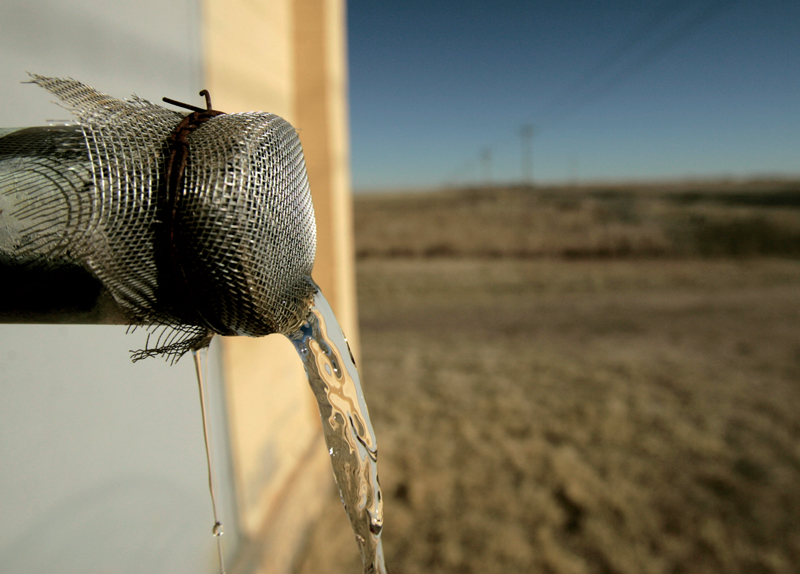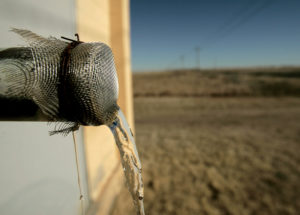Saving the Ogallala: A Sinking Feeling
Farmers on the U.S. High Plains have managed one of the great feats of modern agriculture—turning semi-arid prairies into some of the most productive land on the planet. Overcoming obstacles of less-than-ideal climate and soil, producers in the region have...

Saving the Ogallala: A Sinking Feeling
Farmers on the U.S. High Plains have managed one of the great feats of modern agriculture—turning semi-arid prairies into some of the most productive land on the planet. Overcoming obstacles of less-than-ideal climate and soil, producers in the region have...
Farmers on the U.S. High Plains have managed one of the great feats of modern agriculture—turning semi-arid prairies into some of the most productive land on the planet. Overcoming obstacles of less-than-ideal climate and soil, producers in the region have been significant players in efforts to push the world’s crop yields to new heights.
Now, however, farmers and others are concerned with the decrease in water remaining in the Ogallala Aquifer, a key resource for agriculture in the region. There are numerous efforts under way to conserve water—endeavors with positive results that apply to farming in many regions of North America. While the diminishing amount of water in the Ogallala is cause for alarm, there are certainly reasons to be hopeful.
The Ogallala, or High Plains Aquifer, ranks as the largest such groundwater source in the U.S. Stretching from Texas and New Mexico to South Dakota and Wyoming, it underlies eight states and represents more than one-quarter of the nation’s entire irrigation water. In terms of agricultural output, it supplies an area that produces approximately one-fifth of the annual total of U.S. corn, wheat and cattle.
New technologies and approaches to water usage may hopefully one day solve the problem of dwindling water resources, or at least buy more time. Brent Rogers, who farms in Kansas’ Sheridan and Graham counties, and serves on the board of directors for Kansas Groundwater Management District (GMD) 4, is working with other farmers and leaders in his groundwater management district.
Some of the measures they’re undertaking are to apply water probe technology on a wider scale to first track water use, then implement practical conservation measures that can cut usage, while attempting to maintain crop output. Through a combination of federal cost incentives like USDA’s Environmental Quality Incentives Program (EQIP), farmers have started retiring unused or outdated irrigation wells and better monitoring those still in production to find where they can make cuts.
“We saw the value of water probes and started funding them. They will save you water. We went through our GMD members and said, ‘Hey, we will fund up to $1,000 per probe,’” says Rogers, whose GMD4 covers three full counties and part of seven others in northwest Kansas. Farmers have started to respond, with more than 100 new probes installed in the last year alone.
“By saving water today, you’re also providing more time for the people who develop the crop irrigation and genetics technologies involved in increasing water-use efficiency,” says Kansas State University water resources and civil engineer David Steward. Already, he says, crop genetic improvements are adding to water-use efficiency at around 2% per year.
“Water probes, variable-rate technology, gene shuffling, crop drought genes … these are all just pieces of the puzzle that we need. They’re just tickling the cusp of what’s coming,” Rogers says. “It’s going to work if we can all just stay on the horse.”
To read much more about this complex issue and the measures farmers and others are taking to save this valuable resource, see the full story: Saving the Ogallala: A Sinking Feeling



